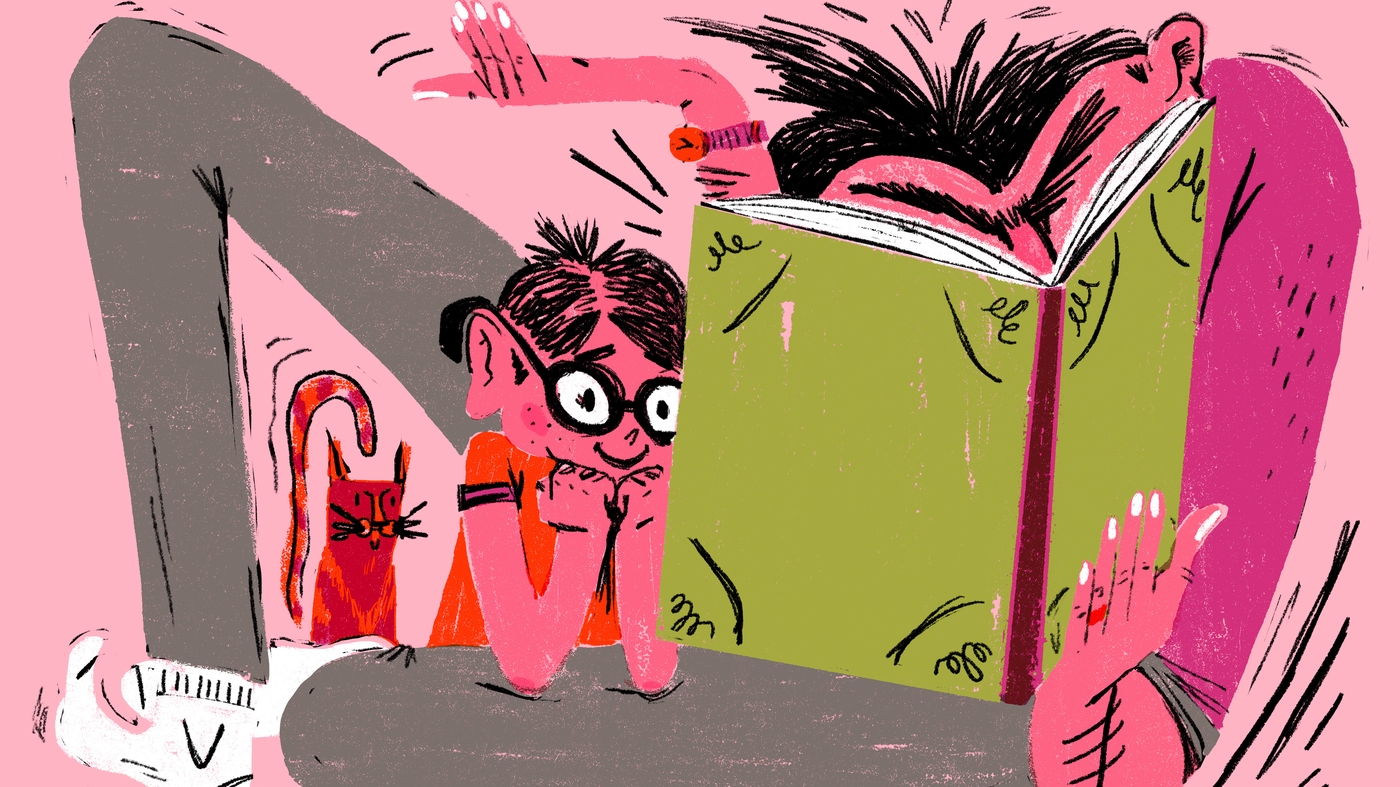
""I want The Three Bears!" These days parents, caregivers and teachers have lots of options when it comes to fulfilling that request. You can read a picture book, put on a cartoon, play an audiobook, or even ask Alexa. A newly published study gives some insight into what may be happening inside young children's brains in each of those situations. And, says lead author Dr. John Hutton, there is an apparent "Goldilocks effect" some kinds of storytelling may be "too cold" for children, while others are "too hot." And, of course, some are "just right.""
""We went into it with an idea in mind of what brain networks were likely to be influenced by the story," Hutton explains. One was language. One was visual perception. The third is called visual imagery. The fourth was the default mode network, which Hutton calls, "the seat of the soul, internal reflection how something matters to you." The default mode network includes regions of the brain that appear more active when someone is not actively concentrating on a designated mental task involving the outside world."
Twenty-seven four-year-old children underwent fMRI while presented with the same stories in three formats: audio only, illustrated storybook pages with audio voiceover, and animated cartoons. Brain activation and connectivity were measured across language, visual perception, visual imagery, and the default mode networks. Audio-only listening activated language networks but produced weaker overall connectivity. The default mode network relates to internal reflection and how content matters to a child. The pattern of results suggests a Goldilocks effect in storytelling formats, with some formats under-engaging or over-engaging neural systems and others achieving a more balanced engagement.
Read at www.npr.org
Unable to calculate read time
Collection
[
|
...
]